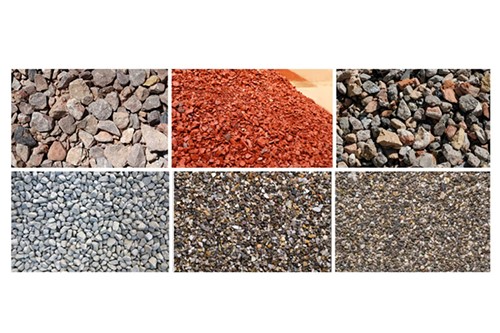ASTM E18: Hardness Testing Of Metals And Alloys
Introduction
ASTM E18 is an important standard in materials science that specifically addresses the hardness testing of metals and alloys. Hardness testing measures a material’s resistance to deformation, which is a key indicator of its performance in various applications.
What is ASTM E18?
ASTM E18 is a standard test method for performing Rockwell hardness tests on metallic materials. This standard, established by ASTM International, provides a uniform procedure to measure hardness and ensures accurate results in different laboratories and industries.
The hardness test described in ASTM E18 plays a significant role in determining the mechanical properties of metals and alloys. It assists in evaluating material suitability for specific applications, predicting wear resistance, and verifying quality control in manufacturing processes.
Procedure of ASTM E18
ASTM E18 specifies the use of Rockwell hardness testers. The testers first apply a minor force and then a major force to indent the surface of the material. The depth of the indentation corresponds to the hardness value, thereby providing a quantitative measure of deformation resistance.
Factors Influencing Hardness Test Results
Multiple factors may affect the accuracy of hardness tests according to ASTM E18. These factors include surface preparation, calibration of the indenter, and the correct application of loads. Consequently, controlling these factors is essential for obtaining consistent hardness measurements.
Applications of ASTM E18
ASTM E18 is applied in various industries, including the automotive, aerospace, and construction sectors, to determine the hardness of components such as gears, shafts, and structural elements. This process ensures that the materials meet the required specifications for durability and performance.
Common Rockwell Hardness Scales Used in ASTM E18
|
Rockwell Scale |
Application |
Indenter Type |
Applied Load |
|
B |
Thin materials and soft metals |
Steel ball |
100 kgf |
|
C |
Hard metals and alloys |
Diamond cone |
150 kgf |
|
A |
Very hard materials |
Diamond cone |
60 kgf |
|
D |
Medium-hard materials |
Diamond cone |
150 kgf |
Further information is available at Stanford Advanced Materials (SAM).
Frequently Asked Questions
What does ASTM stand for?
ASTM stands for American Society for Testing and Materials, an international standards organisation that develops and publishes technical standards for a wide range of materials and products.
Why is hardness testing important for metals and alloys?
Hardness testing determines the resistance to deformation of a material. This measurement is essential for evaluating its suitability for specific applications and ensuring its performance and durability.
How does ASTM E18 differ from other hardness test standards?
ASTM E18 specifies the Rockwell hardness test method for metals and alloys. It provides standardised test procedures and scales to ensure uniform and accurate measurements.
What common Rockwell hardness scales are used in ASTM E18?
The common Rockwell scales used in ASTM E18 include scales B, C, A, and D. Each scale is applicable for different material types and hardness ranges.
Can ASTM E18 be applied to non-metallic materials?
ASTM E18 is primarily designed for metallic materials. Non-metallic materials generally require other hardness test standards and procedures.

 Bars
Bars
 Beads & Spheres
Beads & Spheres
 Bolts & Nuts
Bolts & Nuts
 Crucibles
Crucibles
 Discs
Discs
 Fibers & Fabrics
Fibers & Fabrics
 Films
Films
 Flake
Flake
 Foams
Foams
 Foil
Foil
 Granules
Granules
 Honeycombs
Honeycombs
 Ink
Ink
 Laminate
Laminate
 Lumps
Lumps
 Meshes
Meshes
 Metallised Film
Metallised Film
 Plate
Plate
 Powders
Powders
 Rod
Rod
 Sheets
Sheets
 Single Crystals
Single Crystals
 Sputtering Target
Sputtering Target
 Tubes
Tubes
 Washer
Washer
 Wires
Wires
 Converters & Calculators
Converters & Calculators
 Write for Us
Write for Us




 Chin Trento
Chin Trento



